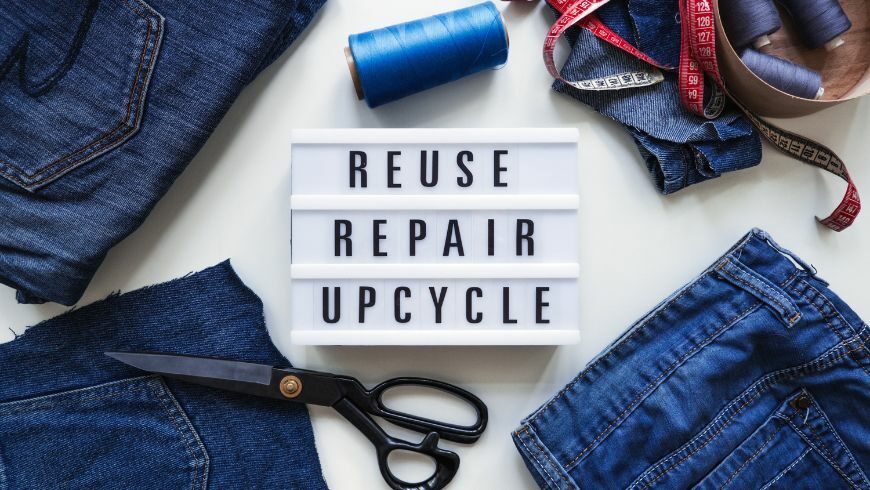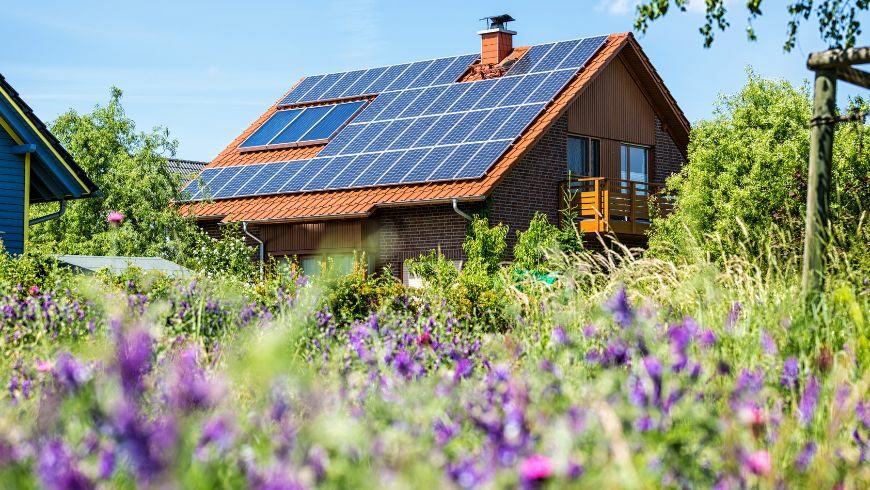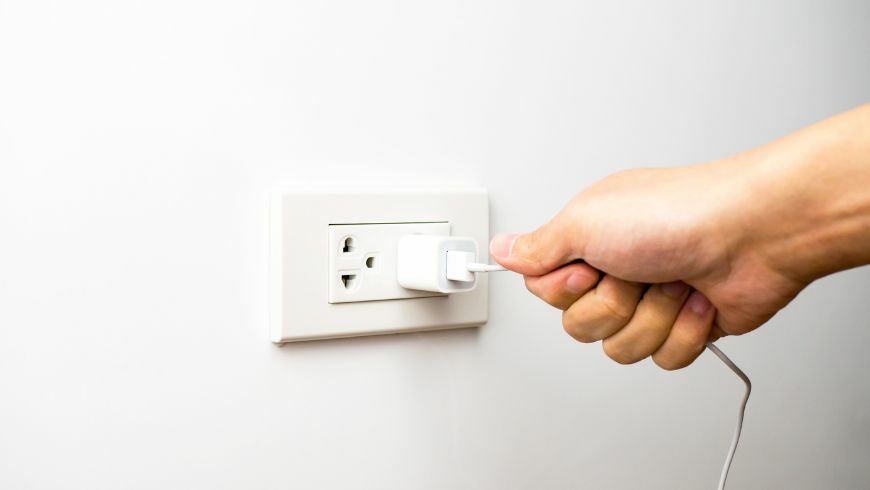The importance of being environmentally conscious cannot be overstated, as there is only one planet, the Earth. Planet Earth’s protection is not only part of mankind’s moral obligation; it also promotes better health and reduces costs. A more sustainable lifestyle can only be achieved by taking concrete actions on the part of individuals. So, if you are looking to become eco-friendly, here are 10 ways you can get started. Let’s delve into more details.
How Does Eco-Friendliness Work?
Let us begin by looking at a definition of eco-friendliness. This is a term frequently used in connection with the environment and climate change but is often misunderstood.
Eco-friendly products don’t harm the environment and are Earth-friendly. Furthermore, eco-living or green living is an eco-friendly lifestyle that conserves and protects the environment.
In addition to conserving resources like energy and water, eco-friendly practices help prevent pollution of the air, land, and water sources.
Achieving a low carbon footprint and adopting an eco-friendly lifestyle may seem overwhelming at first, but it is actually quite simple. An eco-friendlier lifestyle can be achieved through a few simple steps and actions. Here are 10 of those.
10 Ways to Become Eco-Friendly and Adopt a Sustainable Lifestyle
Here are 10 steps to follow in order to become eco-friendly and protect the environment.
1. Follow the 3R’s ( Reuse, Recycle, Reduce)
A sustainable life begins by following the 3 R’s: Reduce, Reuse, and Recycle. This is the first and most important step in living a sustainable lifestyle. Thus, you should reduce your consumption and purchase as few new products as possible, as the production of each item is energy-intensive.
Additionally, you should consider repurposing or reusing old products to the extent possible. Last but not least, you should consider recycling old glass bottles, aluminum cans, books, newspapers, and even laptops and computer recycling.

2. Get Active by Walking or Cycling
The majority of us travel to work by automobile or by public transportation. Nevertheless, it not only consumes substantial amounts of fuel and energy but also emits a considerable amount of carbon dioxide into the atmosphere. It is possible to contribute to reducing pollution by walking or cycling to work, even if we do so once a week.
Additionally, it improves your overall health and keeps you fit, so it has some personal benefits as well. Furthermore, we should attempt to carpool with our friends and family when traveling by car; it can save fuel and costs as well.

3. Consider Investing in Renewable Energy Sources
It may be possible for you to reduce your carbon footprint by investing in renewable energy sources, such as solar energy. Installing solar panels will help you generate electricity and contribute to the protection of the environment. The government not only provides tax credits and subsidies when you purchase the panel, but it also reduces your electricity bill. Further, if fossil fuels are being used to generate energy, switching to renewable sources can significantly reduce the impact of climate change.

4. Don’t Use Plastic
The decomposition of plastic takes millions of years, which is very degrading to the environment. The largest source of pollution in land and water on the planet is plastic waste. It is also responsible for the degradation of marine life and the suffering of marine mammals. Seals, fish, mammals, and seabirds are among the animals that are killed because of this practice.
Please discontinue the use of this bag and replace it with a reusable jute or paper bag instead.

5. Increasing Use of Multipurpose Items
Our daily lives are filled with many items that are made to be used only once. A few of these items are paper towels, toilet paper, disposable plastic bags, straws, and a wide variety of other similar products. The consumption of these items is a huge curse on our environment and adds a lot to the pressure on it.

Obviously, it is impossible to eliminate all of these entirely. Still, we should try as much as possible to reduce their use and switch to items that are compostable or can be used more than once, such as cloth and paper made of recycled materials.
6. Reduce The Need to Buy New Clothes and Apparel
Most people like to go shopping and purchase new clothing in order to stay up to date with the latest fashion trends. Since the amount of production increased due to the increased demand, our carbon footprint increased, and the environment was put under a great deal of stress.
We should use our old clothes longer and donate them to less fortunate people instead of buying new ones to reduce the demand for and production of new garments. Moreover, you need to consider the fabric of the cloth you are purchasing, as different fabrics have different effects on the environment. Wool, for example, is very environmentally friendly, while synthetics are not.

7. Utilize Daylight as Much as Possible
It is recommended that you adopt a lifestyle that involves getting up early in the morning and going to bed early at night. By doing so, you will reduce your dependence on fossil fuels during the night and be able to do most of your work during the daylight hours.

This will reduce your electricity bills and enable you to live a green and sustainable lifestyle while minimizing the impact on the environment.
8. Disconnect Your Devices
When using electronic devices, most people do not unplug them after they are no longer being used. Most people are unaware of the fact that electrical appliances continue to draw electricity even after they have been turned off.

Whenever you are not using an appliance, make sure that it is switched off and unplugged. By doing so, you will be able to reduce your electricity bill and save energy.
9. Minimalism is The Way To Go
A minimalist lifestyle is characterized by prioritizing one’s needs over one’s wants. The meaning of this is not to live off of nothing but rather to live on as little as possible. For this to be achieved, you must have a clear mindset of being satisfied with what you have and only purchasing what you need to maintain your standard of living.

A minimalist lifestyle entails avoiding luxury items or items that are not useful to you and would not negatively affect your life if you did not possess them. Due to the fact that every individual has multiple wants and the desire to satisfy them, it is difficult to achieve balance. Nevertheless, it is feasible if you possess a strong desire and a clear understanding of the need to reduce waste.
10. Conserve Every Drop of Water If You Can
Don’t waste water, whether you are drinking it, washing your hands, or even bathing. You can conserve water in many ways, such as taking short showers, fixing leaky taps and toilets, sticking to tap water instead of bottled water, turning off the tap after every use, and washing and cleaning carefully.

Conclusion
An eco-friendlier lifestyle can be achieved by only modifying a few aspects of your daily habits, as described above. It may be beneficial to start with small changes in order to gain a greater appreciation of the benefits associated with environmentally conscious living.
Cover image: photo via Canva Pro

Author Bio: Justin Walker is a freelance digital marketer and community outreach. He is currently working for HummingbirdInternational.net, a computer recycling and IT asset disposal company that helps contribute to a sustainable environment. Apart from work, Justin likes to play the guitar.




